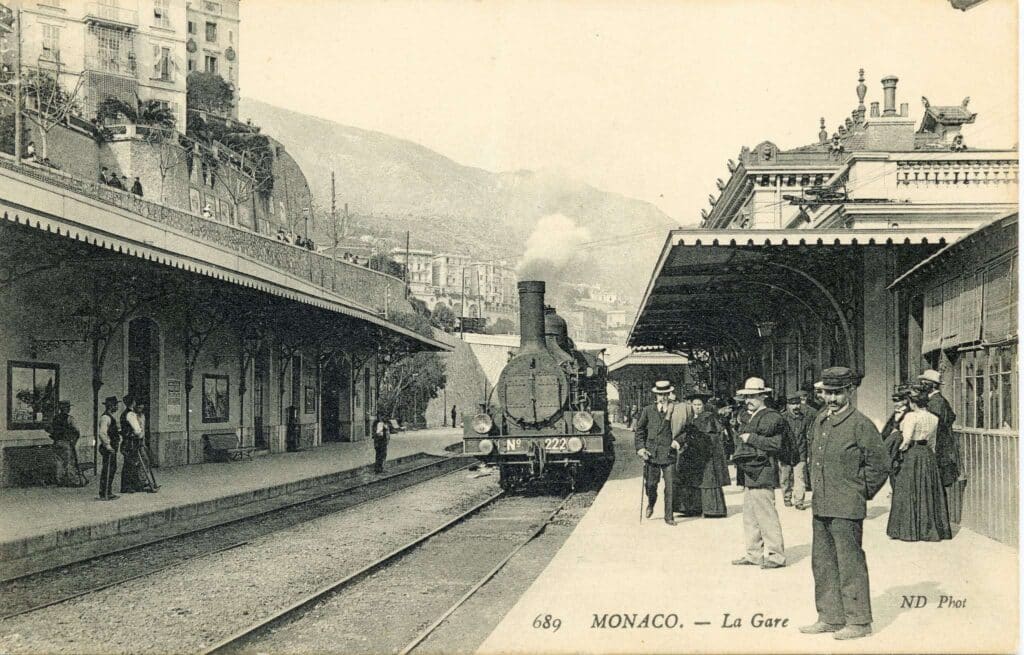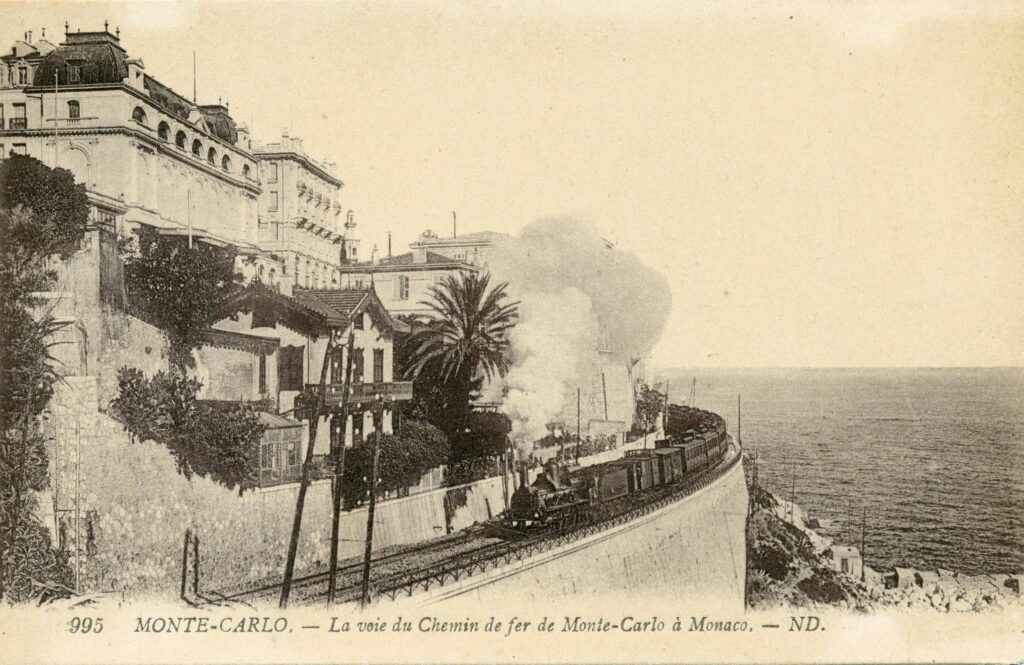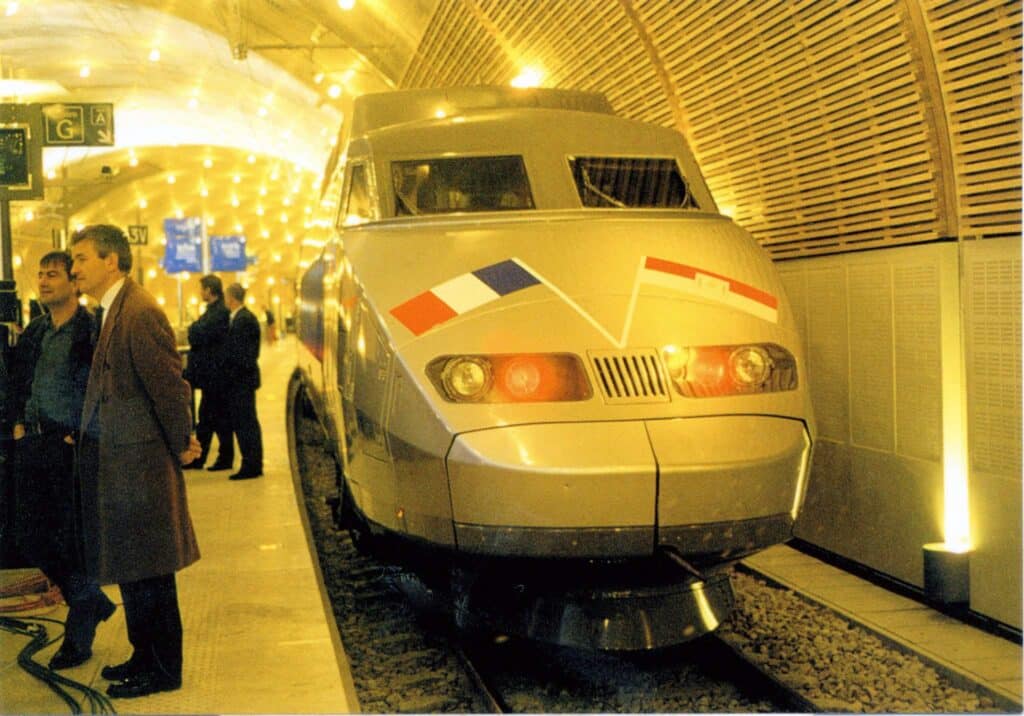A picture postcard: Monaco-Monte-Carlo station

Retracing the history of iconic Monaco locations, in pictures. Today, it is the turn of the Monaco-Monte-Carlo train station.
Monaco Monte-Carlo station is the third-largest station in the Sud Region, after Marseille-Saint-Charles and Nice-Ville. Nearly two million people use it every year. The station as we know it is only about twenty years old, 23 to be precise. What did its predecessor, or rather predecessors, look like?
Monaco Railway Station


This first station opened in 1868, with five trains running between Monaco and Nice, and a journey time of 45 minutes. It was under the reign of Prince Charles III, who was aware of the importance of communications between the Principality and the rest of the Riviera, and of making the Principality accessible to early English, German and Russian tourists, that the railway service became a reality. It was made possible, in particular, by an international agreement to connect the Italian and French railways on Monegasque territory. An agreement signed by a certain Napoleon III.
However, it was not until 1872 that the Nice-Monaco-Menton-Vintimille line was officially completed. For Monaco, this was a big step forward in terms of recognition and attractiveness for the small territory, which was opening up more to the outside world.

Monte-Carlo Station
A second station opened in the Principality in 1869: Monte-Carlo. Its creation was partly in response to a request from the Société des Bains de Mer, so that the Casino could accommodate wealthy holidaymakers. From the 1950s onwards, the track through the Principality was diverted further north and a tunnel was built. In 1958, six years of major work began. The aim was to dig under the eastern part of the Principality and, little by little, to get rid of the above-ground railway lines.

A new 3,491-metre-long track was created, replacing some of the old tracks that were no longer valuable to Monaco. Monte-Carlo station was closed in 1965. It stood where the Fairmont Hotel is today.


Going underground freed up 51,000 m2 of land previously occupied by the railway. “Tunnelling was an absolute necessity if we were to launch and complete major urbanisation and development operations in the different parts of the Principality,” declared Prince Rainier III on the day the tunnel was inaugurated. Without it, the Larvotto district would not exist today.


After the closure of the Monte-Carlo station, Monaco’s remaining station was renamed Gare de Monaco Monte-Carlo. A new diversion was then implemented, with the aim of reclaiming the railway footprint to the west of the tunnel that was built between 1958 and 1964. The railway footprint is the surface area occupied by a railway, and its dependencies.

This project produced the current Monaco-Monte-Carlo station and a new tunnel. The work was carried out from October 1993 to the end of 1999. In the same year, the new railway station was opened above the Sainte-Dévote ravine. The old Monaco-Monte-Carlo railway station became disused and was demolished shortly afterwards, freeing up four new hectares of land.
Monaco went through many changes over the 19th and 20th centuries. The Monaco-Monte-Carlo station is a prime example. The rest of the town was not overlooked, and if you want to find out more, a group of enthusiasts, administered by Jean-Paul Bascoul, has come together on Facebook to share their old photos of the Principality: Monaco4Ever.









